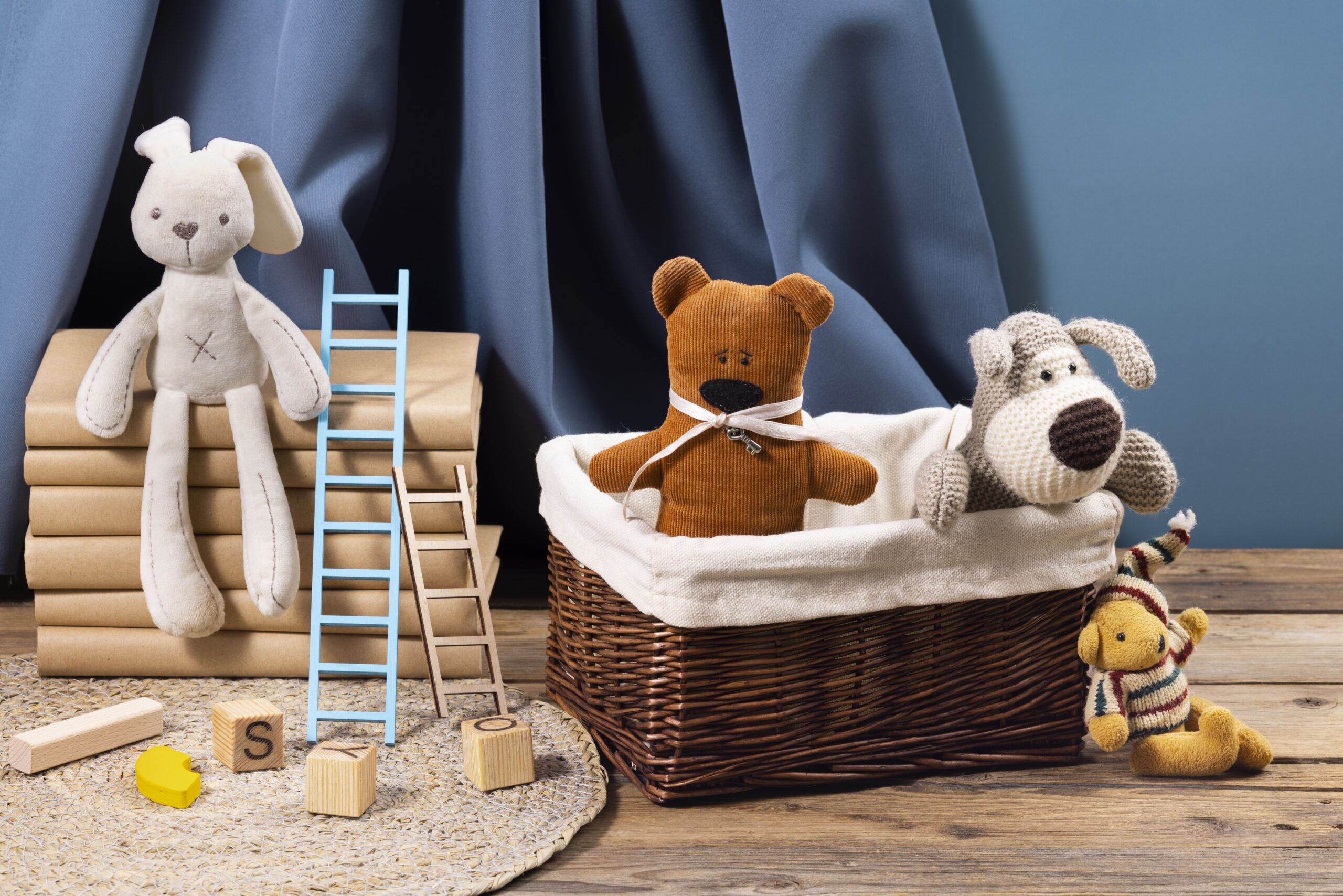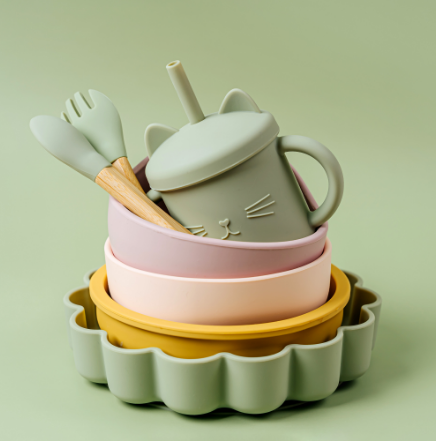SHOPPING CART
No products in the cart.
Dyeing a stuffed animal is an excellent way to give a beloved cuddly toy a new lease on life and express your creativity by creating something completely original.
Before dyeing a stuffed animal toy, carefully clean it with soap and water before finding an undisturbed place for its recommended setting time.
Fabric dye can be an engaging way to give old or worn-out toys new life, but before beginning it’s essential to follow some basic safety precautions. Choose a high-quality dye suitable for the material of your stuffed animal before beginning this fun and engaging activity.
Make sure you carefully follow the instructions on the package to prepare your stuffed animal for coloring. Some dyes require boiling it prior to submersion into a dye bath; others may specify temperature requirements and ratios of dye-to-water solutions.
Before dyeing a stuffed animal, it’s also wise to remove any accessories or detachable parts that may become damaged by the dye. Furthermore, be sure to thoroughly wash it to ensure there are no dirt stains or other residues which might interfere with its color absorption process.
Acrylic paint can be an easy and fun way to give stuffed animals a colorful makeover. Choose from an array of vibrant hues, and experiment with various painting techniques for unique designs. Additionally, this process can give life back into faded or worn plushies that have seen better days!
Before beginning dyeing your stuffed animal, first ensure it is clean and structurally sound. Begin by washing it under cool water until all traces of dirt have been rinsed away – this will ensure that the dye adheres well and won’t bleed or fade over time.
Stuffed animals constructed of polyester, acrylic or plant fibers can be colored using acid dyes like Rit Dye for best results. Cold water fiber reactive dye or food coloring may be better suited to fabric made from protein-based materials like polyamide or silk fabric; for optimal results it’s essential that high-quality fabric dye is used; low-grade ones could leave behind unwanted stains or uneven color distribution.


Dyeing a stuffed animal can be an exciting and creative way to transform its appearance, but it must use dye that is safe for its materials. A fabric dye applied with a spray bottle such as Dharma Pigment Dye or Dye-na-Flow may be your best choice; additionally you will require a mixing container, hot water, and stirring tool in order to mix your dye solution solution.
Tie-dye kits provide an effective means of creating vibrant patterns on plushies. Available both at craft stores and online, these kits typically include fabric dyes in various hues, rubber bands and plastic wrap to cover the animal during dyeing time. After you’re finished dyeing, rinse out and let the animal dry; make sure you follow manufacturer’s instructions to maintain vibrant and long-term color!
Dyeing your stuffed animal can be an inexpensive and straightforward way to give it a fresh new look, providing long-term color that’s safe to use and wear-proof. Before beginning this process, be sure to follow certain safety measures so as to keep yourself and others safe during this process. This will ensure a long lasting color.
Before beginning with any dye project, be sure to read all instructions on its packaging carefully. Some dyes require boiling while others can be used with cool water directly from a tap. Furthermore, certain products require specific curing times – it’s important that these instructions are adhered to!
Start by placing a protective surface such as plastic or newspaper on which to apply dye, such as plastic wrap or newspaper, so as to catch any extra that may spill during application. Next, wear disposable gloves as protection from staining hands during dye application and dip a clean sponge or cloth into dye mixture to apply it over the stuffed animal’s surface, paying special attention to any folds or creases that might exist.



Leave a Reply